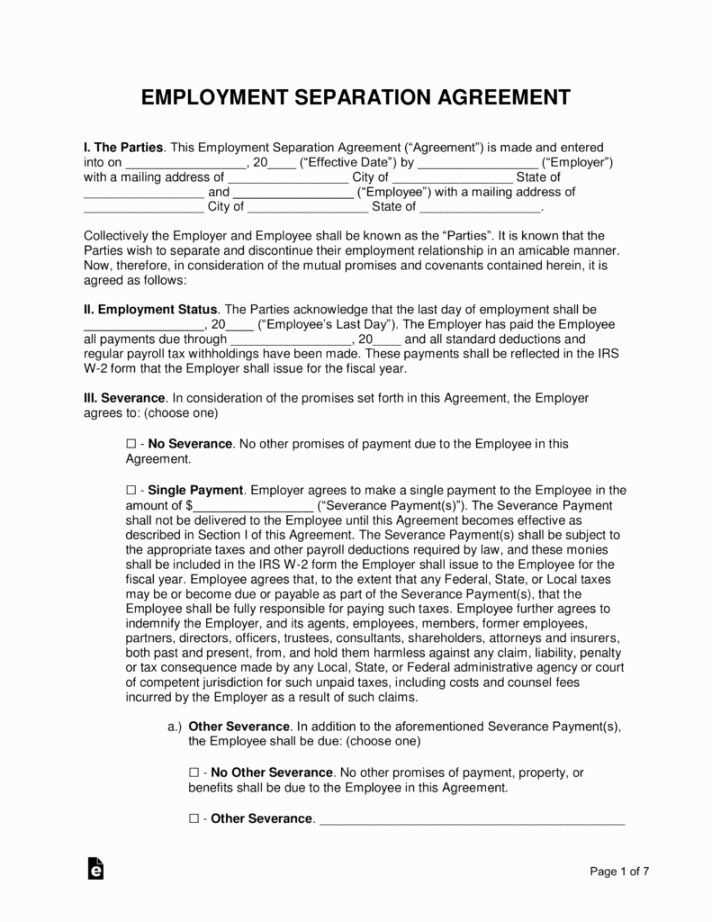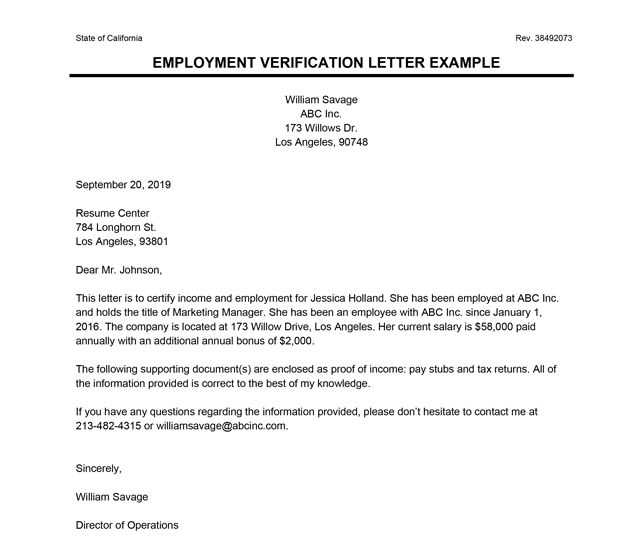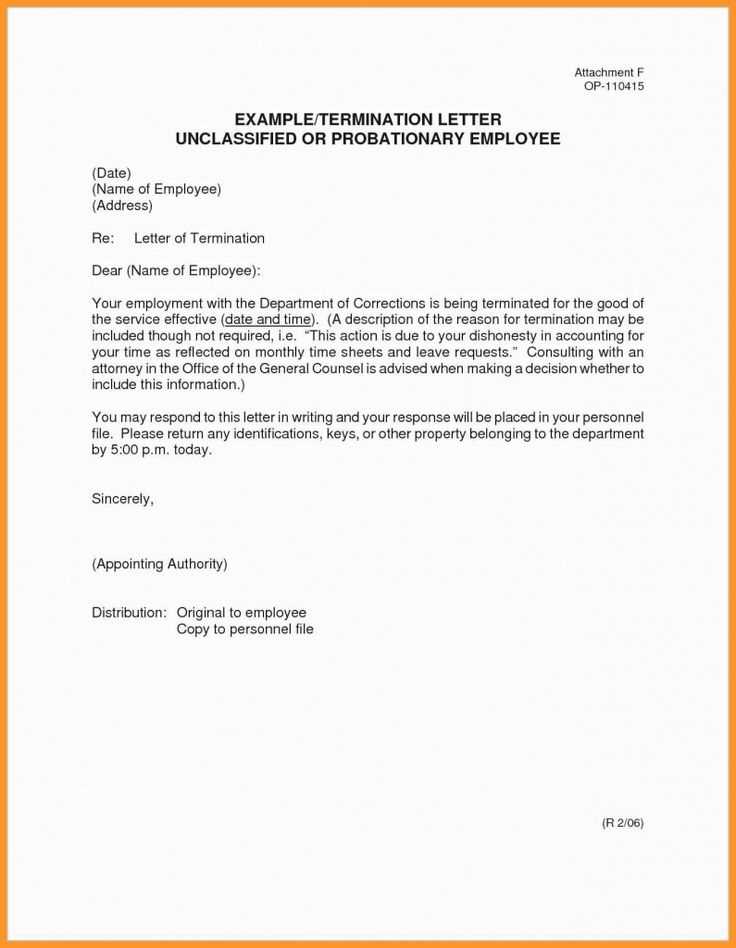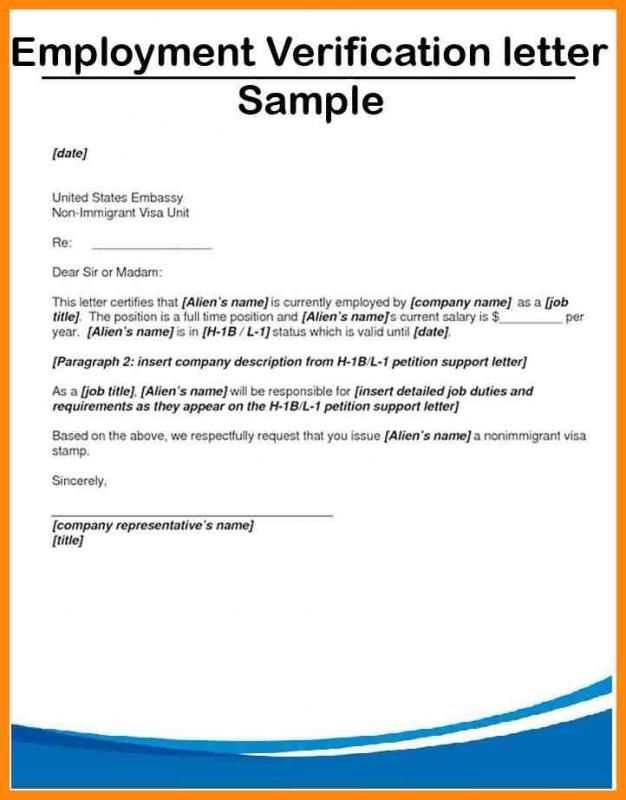Employee Separation Letter Template for HR Use

When an individual leaves an organization, it is essential to communicate the departure formally. This document serves as an official acknowledgment of the exit and outlines important details regarding the transition. A well-written notification ensures that both the departing individual and the company remain on good terms and that all necessary steps are taken to close the employment relationship professionally.
Key Elements to Include
A complete notice should contain specific information to clarify the situation and protect both parties. These are the most crucial aspects to cover:
- Reason for Departure – Briefly explain the reason behind the exit, whether voluntary or otherwise.
- Effective Date – Clearly state when the individual will cease to be part of the organization.
- Final Compensation – Mention any final payments, benefits, or unused leave that will be provided.
- Return of Property – Include instructions about the return of any company items such as keys, devices, or documents.
Important Considerations
While drafting the notice, it’s important to maintain a professional tone throughout. The message should be concise, clear, and respectful. Acknowledging the employee’s contributions and wishing them well in future endeavors helps preserve a positive relationship even after they have left.
How to Customize the Document
To make the notification more personalized, include details relevant to the specific situation. Adjust the content based on whether the departure is due to resignation, retirement, or termination. Tailoring the message ensures that it is appropriate for the circumstances and meets the legal requirements of the organization.
Examples and Guidance
Here are some useful starting points to draft your own message:
- Resignation Notice – A clear acknowledgment of the employee’s decision to resign and an outline of the final steps.
- Retirement Acknowledgment – A more celebratory tone, appreciating the individual’s long-term service to the company.
- Termination Letter – A more formal and structured message outlining the reasons and the next steps in the process.
Understanding Formal Exit Documents
When an individual departs from an organization, it’s essential to formalize the process with an official document. This written communication ensures clarity for both the individual and the company, providing a professional way to acknowledge the end of the employment relationship. A carefully crafted notice plays a crucial role in ensuring that the transition is smooth, all terms are understood, and there is a mutual respect between the departing person and the organization.
Clear communication regarding the end of employment benefits both parties. For the organization, it sets out the necessary steps for finalizing employment, including any financial settlements and the return of company property. For the departing individual, it provides clarity on their final days, remaining obligations, and any exit benefits. The importance of this document cannot be understated, as it not only protects the interests of both sides but also helps to maintain professionalism throughout the process.
Essential Information to Include
While drafting an exit notice, there are specific details that must be included to ensure the message is clear and comprehensive. The following key points should always be part of the document:
- Effective Departure Date – The exact date when the individual will no longer be part of the organization.
- Reason for Exit – A brief, professional explanation, whether voluntary or due to termination.
- Final Financial Settlements – Information on how remaining salary, unused vacation days, or other compensations will be handled.
- Return of Company Property – Clear instructions regarding any items such as keys, devices, or documents that must be returned before departure.
Drafting a Professional Message

When writing an official exit notice, it is important to strike the right tone. The document should remain professional, courteous, and concise. Avoid any unnecessary emotional language and keep the content factual. It’s also crucial to ensure that the document aligns with company policy and any relevant legal requirements. A well-drafted communication not only serves its practical purpose but also leaves a positive impression, even at the conclusion of the working relationship.
Common Pitfalls to Avoid

There are several common mistakes to be aware of when creating an exit notice. These include:
- Overly vague explanations that leave ambiguity about the terms of the departure.
- Failing to mention key details such as return dates or final payments.
- Inconsistent tone that may come across as unprofessional or too casual.
- Leaving out any legal language or disclaimers necessary for the situation.
Sample Exit Documents for Reference

It’s helpful to review sample documents to understand the structure and style. Here are some common examples:
- Voluntary Departure Notice – A simple, polite acknowledgment of the individual’s decision to leave.
- Retirement Confirmation – A formal document that celebrates the individual’s service while confirming the end date.
- Termination Notice – A more formal and detailed document that outlines the reasons for the exit and necessary steps.